The role of the media in society is rather broad and all-encompassing. The various forms of media (print, and visual, and now social media) are all primary channels of communication with citizens, helping bridge the gap between people and policy makers. It keeps people informed of current affairs and can significantly shape public opinion. An example of this is how the Bus Rapid Transit System (BRTS) in New Delhi never got a fair chance with the media baying for its blood. Around 2007, the Delhi government planned a BRTS system for the city. The initial phase covered just 5km and had a dedicated BRTS lane (only emergency vehicles and the buses could use this). Most of this 5 km, was on a wide main road in upscale South Delhi. A strong backlash in the English media ensued with prominent institutions and voices in South Delhi decrying the attempt to ‘take away road space from cars’ and whipping up fear among shops about loss of footfall. Within a few years the project was abandoned and the infrastructure removed to give way to cars again. On other issues though, the media’s nuanced discussion has also contributed to positive policy changes such as with the public conversation around sexual harassment (especially in the wake of the Delhi rape incident) that led to the formation of the Visakha Guidelines.
With sustainable cities being a part of the United Nations’ Sustainable Development Goals (SDG) and transport recognised as a crucial factor in reducing greenhouse gas emissions, CAG undertook a study that looked at how sustainable mobility is covered by the Tamil Nadu media, with particular reference to the newspapers in English and Tamil. The aim was to assess the importance assigned to sustainable mobility within news outlets (ie, the frequency of media coverage), and where covered, the nature of the content. Sustainable mobility is defined as modes of transport that are low in greenhouse gas emission, affordable by all, and that move more people for the road space occupied. Walking, cycling, and public transit typically tick off all these boxes.
News articles relating to transport and mobility from October 1st, 2022 to January 31st, 2023 were examined. Both English and Tamil dailies were scrutinised. In the English dailies - The Times of India, DT Next, The Hindu, The Indian Express - were examined and among Tamil dailies, Daily Thanthi, The Hindu Tamil, Maalaimalar, and Dinakaran were studied. A total of 375 articles were found in the time period mentioned of which 125 were in Tamil and 250 were in English.
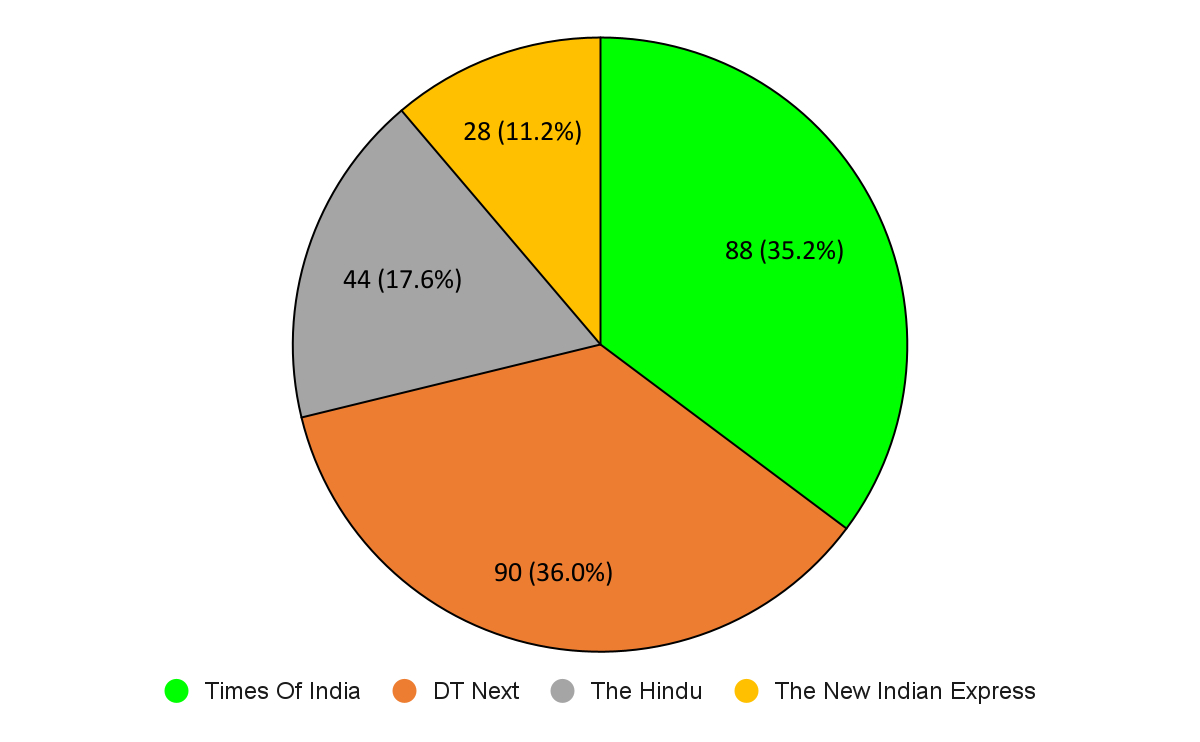
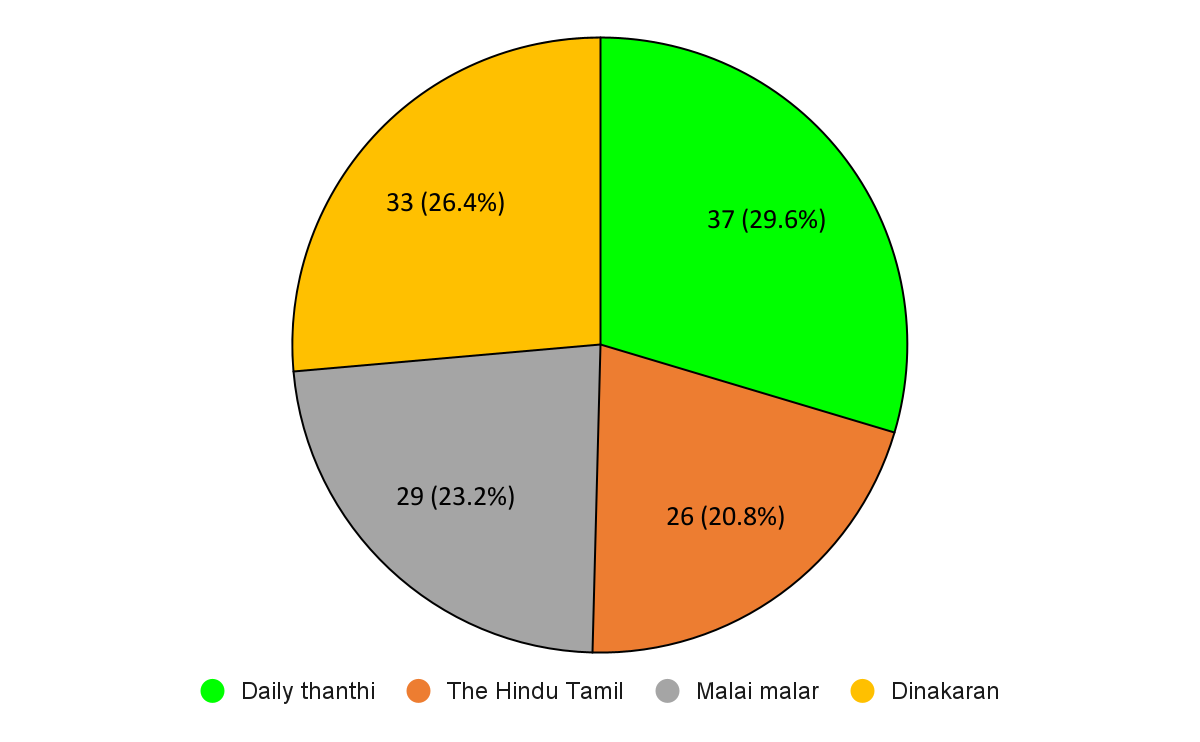
Figure 1: Coverage of transportation and mobility issues by Tamil and English newspapers
The authors looked at the focus of the stories; whether the stories attempted to interlink issues such as road safety and sustainable mobility; whether there are follow up stories especially when it comes to government interventions; and whether the stories reflect on the topics of equity, gender, and access when it comes to mobility.
Themes
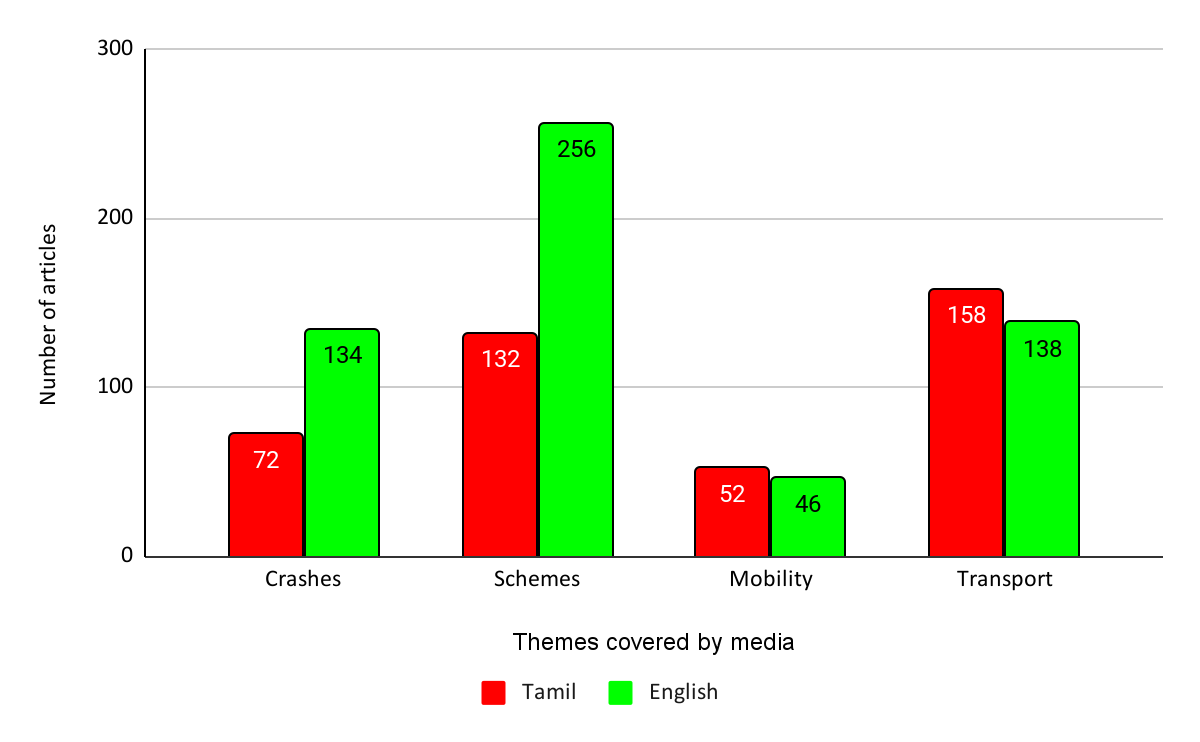
Figure 2: Theme-wise comparison of news articles published
The articles analysed could be broadly divided into the following themes - transport stories such as strikes; sustainable mobility; schemes/policy decisions; and road crashes. Figure 2 shows that the majority of news articles in Tamil were about road crashes whereas in English the focus was on transport. When it came to sustainable mobility, coverage across languages was poor.
Sensationalising the news
Of the 125 Tamil articles, 51 were about road crashes which amounts to 40%. These articles focussed on the basic details of the road crash – number of people killed, what kind of vehicles were involved, location and so on. While these details are important, the articles tended to sensationalise the incidents with dramatic headlines and in the presentation of the information. What was missing from the articles was in depth analysis of the cause of the crash and how they could be prevented. For example, if there is an element of speeding involved in the crash, then the media failed to delve into whether speeding is a common cause, why vehicles were speeding, how the police are cracking down on this problem and so on.
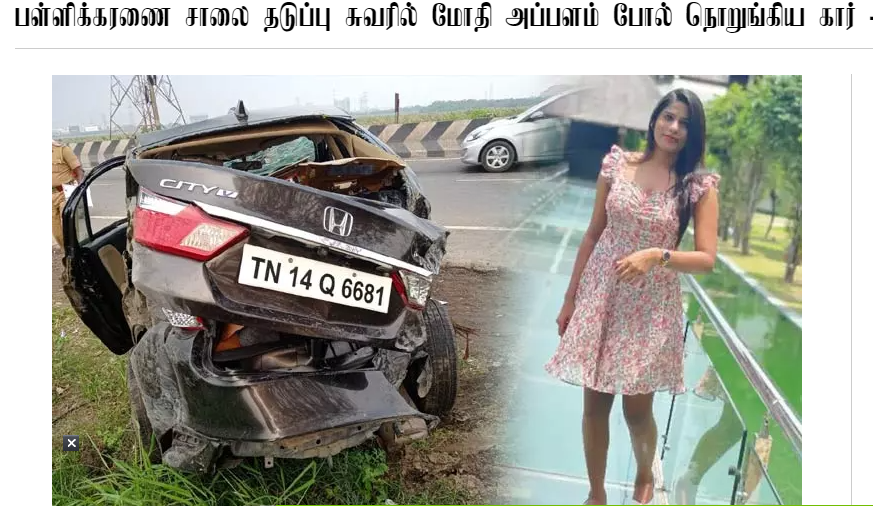
Image 1: An article published in the Tamil daily, Daily Thanthi about a crash, dated 19th December 2022
The headline in the above article exclaims, “Car hits median and is crushed like an appalam in Pallikaranai”. According to the above news article, the vehicle being crushed was the cause of the accident which is illogical. Presumably the vehicle crumpled due to the driver's negligence, an animal crossing the road, or other vehicles violating traffic rules. Any number of scenarios with a combination of reasons could have led to the crash. The car being crushed is not one of them. Providing readers with possible causes to the crash, could result in better on-road behaviour from readers. Merely sensationalising the news could just result in despair and fear. Simply sensationalising news in order to attract readers can only result in short term gains for the newspaper - not long term change in behaviour or policies.
CAG’s analysis indicates that while the media publish about the constant traffic and congestion problems in our cities, they don’t write about the solutions for the same. Out of the 72 crash-related articles published in Tamil dailies, none provided a background, cause, or solution to the problem.
Sustainable mobility
Globally, among governments, civil society, transportation researchers, public health and urban planning think tanks/organisations, there is a well-established understanding that the long term sustainable solution to urban mobility issues is to ensure more walking, cycling, and public transport. However, in both English and Tamil, coverage of this perspective is poor. The English dailies had just 26 articles (out of 250) and the Tamil ones had 7 (out of 125) on sustainable mobility. Writing about sustainability measures might encourage readers to take action themselves and this might help resolve prevailing environmental, social and economic issues.
Sustainable mobility is also about ensuring mobility access for all. Stories about transportation problems that people with disabilities face are frequently intended to make readers feel sorry for people with disabilities, rather than stories about their rights. Overall, the media's perspective on sustainable transportation is ambiguous, as media reports tend to instil pity for victims rather than raising public awareness on solutions and the role each of us can play in the process. The link between sustainable mobility and reduced road crashes, that sustainable mobility means greater equity, access, safety for all, as well as reduced pollution is rarely highlighted. Such a narrative could build a popular support for walking, cycling, and public transport infrastructure which is currently lacking.
Schemes and government plans
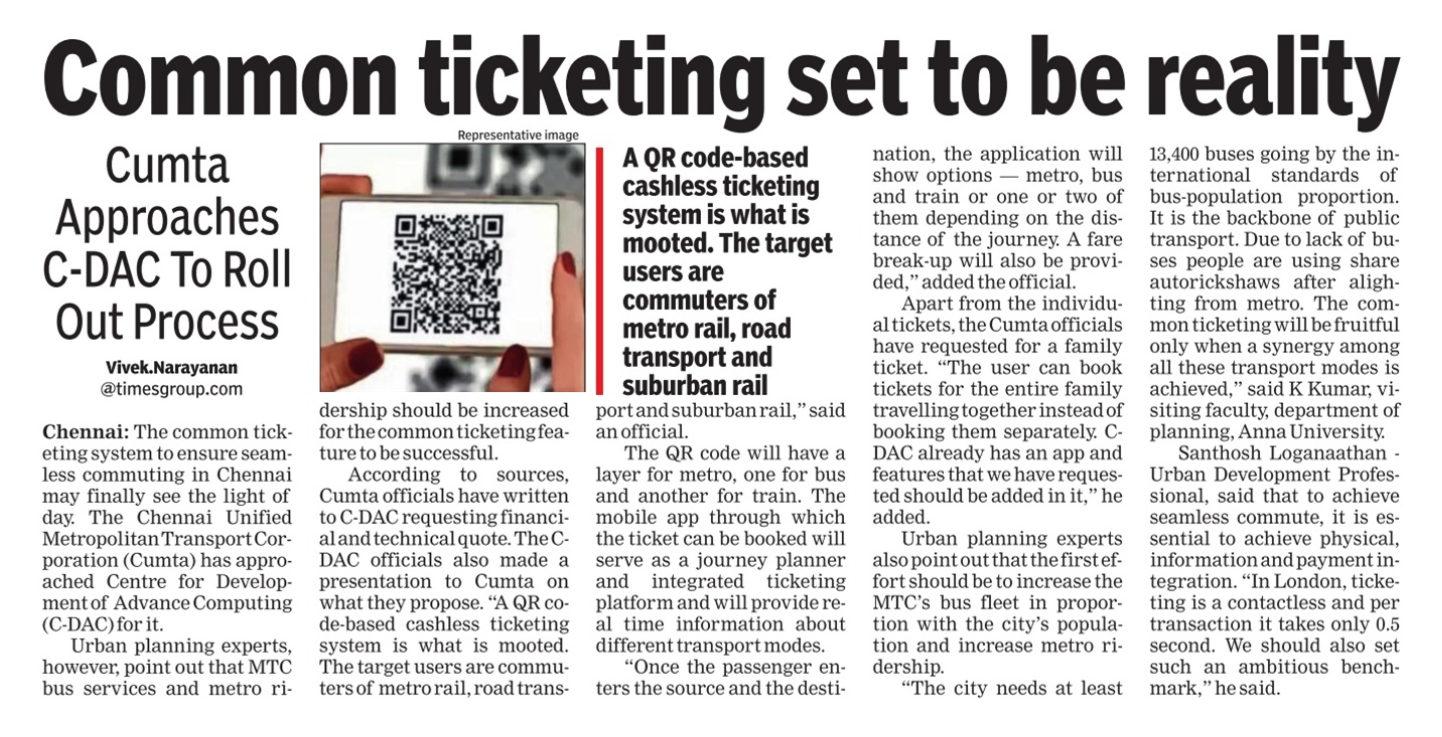
Image 2: Article on CUMTA in Times of India, dated 13th January 2023
As with any other subject, within the transport sector also, the government periodically comes out with schemes, plans, notifications, etc. However, on mobility-related schemes/plans there was no analysis or follow up on the impact in the Tamil media; the English media did a better job. Approximately 30% of news stories discussed the schemes.
The above news article details the plan for a common ticketing system for all public transport in Chennai. It points out the need for increased fleet size (of buses) and provides clear information on how the system would work. However, it misses out on exploring how those without smartphones or who are unfamiliar with smartphones would navigate the ticketing system, whether there would continue to be traditional paper ticketing, what payment options would be available, and how this system would link with the much mooted National Common Mobility Card.
Highlighting issues of marginalised groups
Pedestrians and cyclists are vulnerable road users whose point of view is rarely considered in news articles on sustainable mobility. Walking and cycling are acknowledged to be the most sustainable, low carbon, low impact, equitable modes of commute. While English media does highlight the lack of pavements, the safety issues etc, there is still a focus on the need for greater traffic flow, the need to ease traffic congestion, and the need for flyovers. There is little understanding or writing on why private transport must not be encouraged, how it appropriates resources and is an unequal, unequitable means of transport.
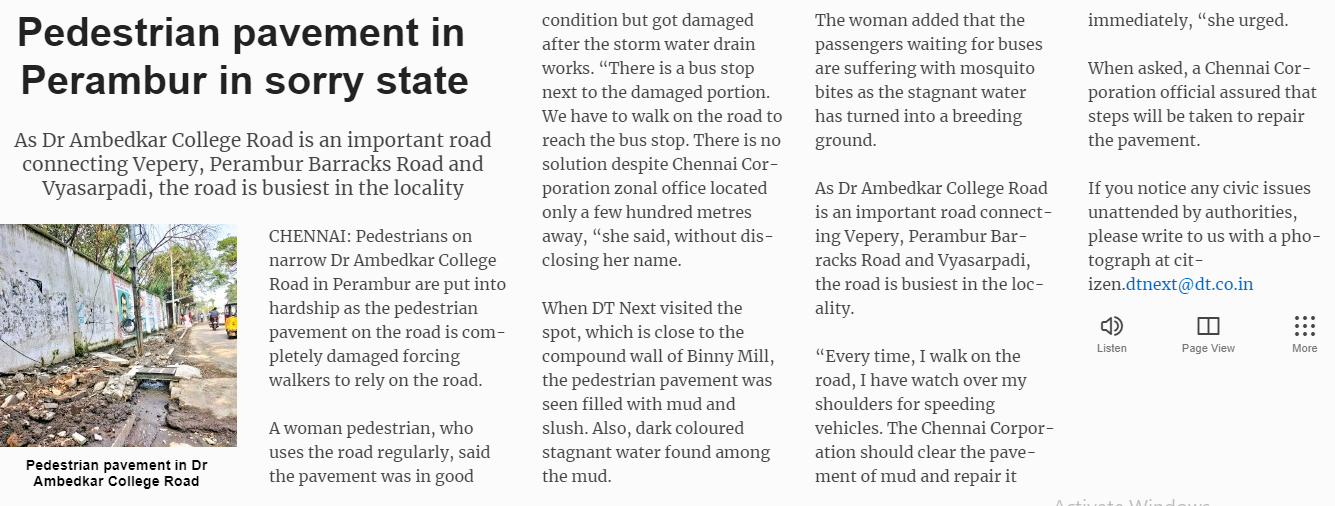
Image 4: A news article published in DT Next about the pedestrian issue
Even when there is a discussion on cyclists, the reference is to leisure cyclists and their needs. These are a small, elite group and while their needs are important, the bulk of cyclists in Chennai are livelihood cyclists (cycle for work) who are heavily dependent on this mode of transport. Livelihood cyclists’ needs are different from that of leisure or recreational cyclists and this is rarely acknowledged. Livelihood cyclists have to navigate heavy and complex traffic unlike leisure cyclists as the time of day, type of road and traffic is different. Livelihood cyclists also lack safe and convenient parking options in public areas.
Very few articles are written on pedestrian and bicyclist issues, and only road crash-related articles are published. There is no statistical data available in the news about how many crashes are involving pedestrians and what the causes of the crashes are. Even those messages are not published in their entirety, but rather as boxed messages.
Share autos play an important role when it comes to improving first and last-mile connectivity in our city. Instead of seeing share auto as a menace on the street and a threat to MTC buses, their vital role in our transport network is ignored. Focus on the livelihood of share-auto drivers and any policy-level changes required to improve this service is also lacking.
Conclusion
While the coverage of transport-related issues is substantial in English and Tamil media, the approach and understanding is largely from a private vehicle perspective. The shift in global thought on how the transportation sector can be more sustainable, equitable, and just has not seeped down to the media. While some English media houses do highlight these issues, they are not as frequent. The media houses’ point of view seems to coalesce with that of well-heeled urban people and similarly minded people in the government who see private transport as the solution to everyone’s mobility needs.
The media can be a powerful voice for equity, justice, and sustainability in urban transport. While some journalists recognise the need for sustainable mobility, there is a long road to traverse before it becomes the mainstream narrative.
Add new comment